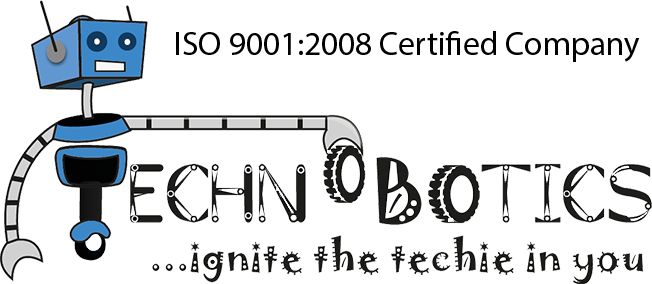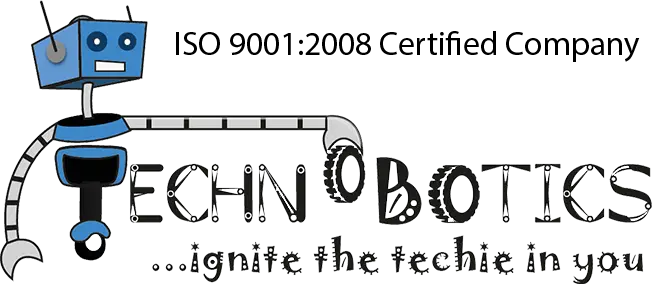Breadboard electronics stands out as a vital teaching tool in the fascinating field of STEM education, which combines science, technology, engineering, and mathematics. Whether it’s coding courses for beginners, coding classes for kids, or programming schools, understanding breadboard electronics lays a solid foundation for budding learners. Let’s explore why breadboard electronics are essential for STEM education and how they contribute to shaping young minds.
What is Breadboard electronics?
Breadboard electronics is a simple and convenient way to build and test electronic circuits without needing to solder components together. A breadboard is a rectangular plastic board with a grid of tiny holes. These holes are used to insert electronic components and connect them with wires.
Inside the breadboard, there are metal strips that connect the holes in specific patterns. These strips allow electricity to flow between the components plugged into the board. Breadboards come in various sizes, but a common layout includes two sets of long, horizontal rows called “power rails” along the top and bottom. These are used to distribute power (like 5V or ground) to different parts of the circuit. The middle section has shorter, vertical columns for connecting components like resistors, capacitors, LEDs, and integrated circuits (ICs).
To use a breadboard, you start by placing the components into the holes and connecting them with short wires, known as “jumper wires.” This way, you can easily modify the circuit by moving components and wires around. This flexibility makes breadboards ideal for learning electronics, prototyping new designs, and testing ideas.
Breadboard electronics is especially popular among students undertaking coding courses for beginners because it is inexpensive and reusable. It helps beginners understand the basics of circuits and how different components work together. For more complex projects in the best coding courses, breadboards can be used to create and refine designs before making a permanent version on a printed circuit board (PCB).
Overall, breadboard electronics is a foundational skill in electronics and an extremely important tool for coding courses for beginners
It offers a hands-on way to explore and learn about the principles of electrical engineering, providing a practical and engaging way to experiment with circuits. A breadboard is an essential tool for everyone working in the field of electronics, regardless of skill level.
Advantages of Breadboard electronics in Stem education
- Practical Application
Learning through breadboard electronics during coding courses for beginners provides practical applications for theoretical concepts taught in STEM subjects. It helps students realize how and what they learn in the classroom relates to real-world situations by bridging the theory-practice divide.
- Problem-Solving Skills
Working with breadboard electronics in a programming school encourages students to think critically and solve problems creatively. Troubleshooting faulty circuits and debugging errors instil resilience and perseverance, essential skills for success in STEM fields.
- Creativity and Innovation
Breadboard electronics offer a canvas for creativity and innovation. Students can experiment with different components, configurations, and programming techniques to bring their ideas to life.
- Collaborative Learning
Building circuits on breadboards often involves collaboration and teamwork, as students share ideas, troubleshoot issues together, and learn from each other’s experiences. This collaborative learning environment promotes communication skills and prepares students for future teamwork in STEM-related projects and careers.
- Cross-Disciplinary Learning
Usage of Breadboard Electronics in a programming school is beneficial as it integrates concepts from multiple STEM disciplines, such as physics, mathematics, and computer science. This interdisciplinary approach provides a holistic understanding of how different fields intersect and complement each other, preparing students to undertake coding classes for kids.
- Accessible and Affordable
Breadboard electronics are popular in programming schools because it’s relatively inexpensive and widely available, making them accessible to learners of all backgrounds. Unlike expensive laboratory equipment, breadboards and electronic components are affordable, allowing schools and educational institutions to incorporate hands-on electronics into their curriculum without breaking the bank. This tool paves the path towards the best coding courses.
- Preparation for Advanced Studies
For students undertaking coding classes for kids and interested in pursuing higher education or careers in STEM fields, proficiency in breadboard electronics serves as a solid foundation. It provides a stepping stone for more advanced topics such as circuit design, robotics, embedded systems, and microcontroller programming, laying the groundwork for future academic and professional success.
- Real-World Relevance
In today’s technology-driven society, understanding electronics is increasingly important, regardless of one’s career path. From consumer gadgets to industrial automation, electronic devices permeate every aspect of modern life. Breadboard electronics education equips students undertaking coding classes for kids with the knowledge and skills needed to navigate this technology-rich landscape confidently.
- Empowerment and Confidence
Mastering breadboard electronics empowers students to tackle complex challenges with confidence. The ability to build and manipulate electronic circuits gives them a sense of agency and control over the technology that surrounds them, fostering a deeper appreciation for STEM and its potential to effect positive change in the world. The best coding courses will always include Breadboard electronics.
Final Words
Breadboard electronics play a vital role in STEM education by providing hands-on learning experiences, practical applications, and problem-solving opportunities and fostering creativity, collaboration, and cross-disciplinary learning. With its accessibility, affordability, and real-world relevance, breadboard electronics education at Technobotics prepares students for future academic and professional endeavours while empowering them to become active participants in the ever-evolving world of technology.


